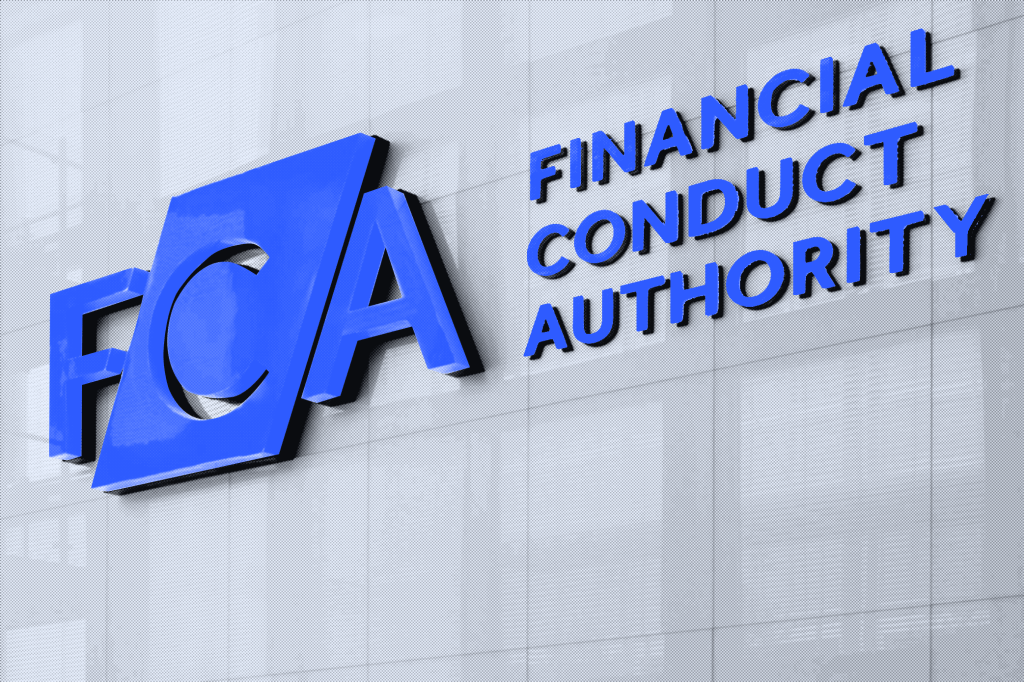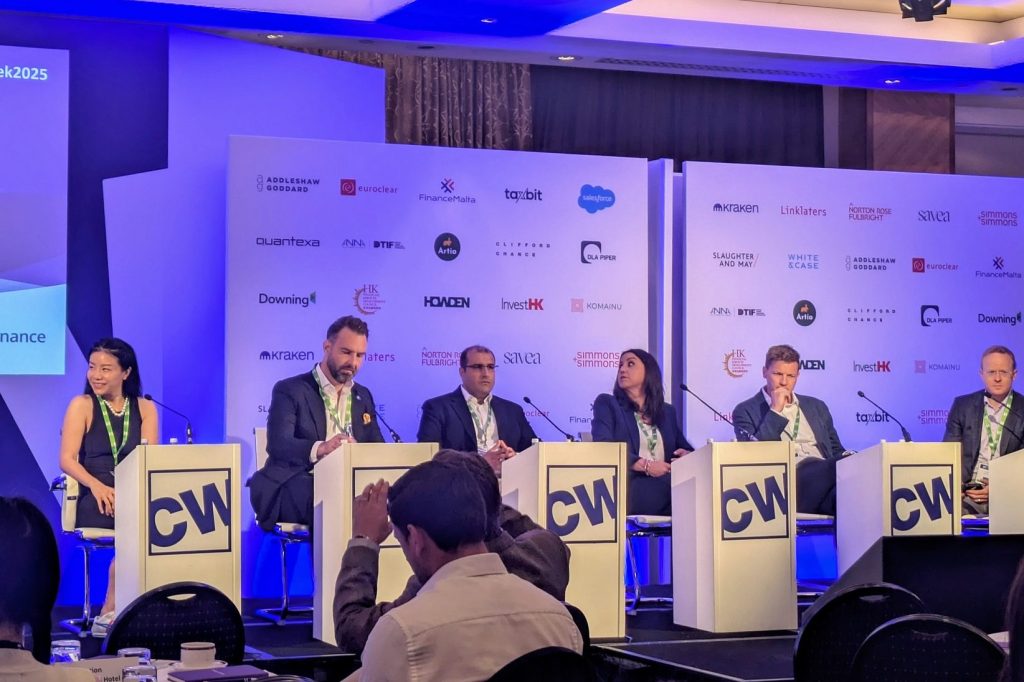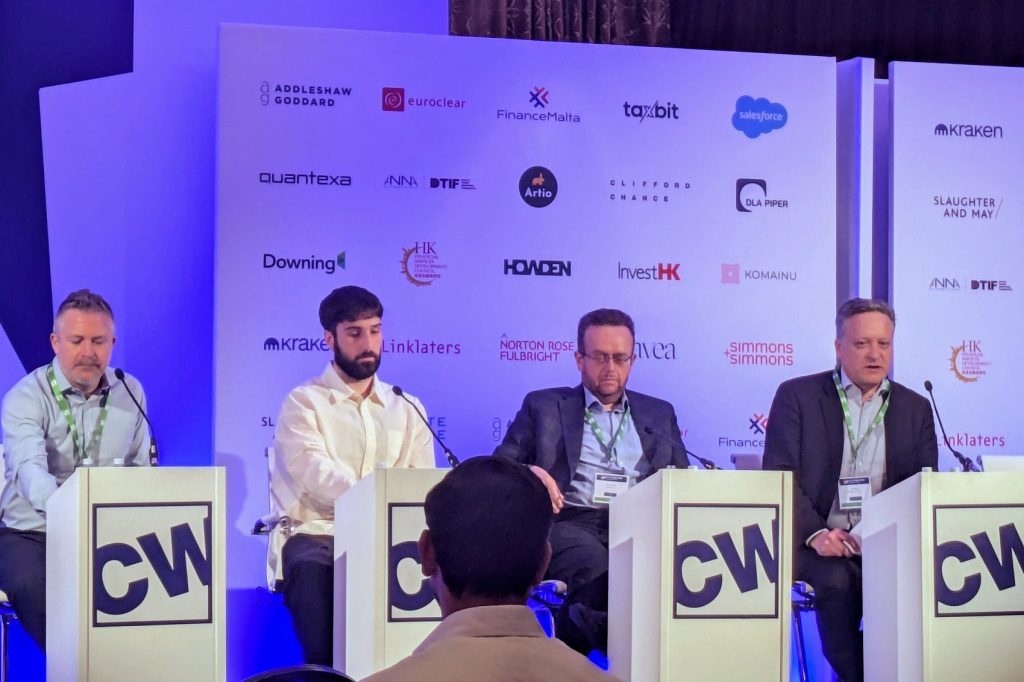The US Equal Employment Opportunity Commission reports there were 61,331 charges of workplace discrimination in the US in 2021, while an article by the Center for American Progress states that American companies spend $64bn annually replacing workers who quit due to unfairness, discrimination, and other forms of mistreatment.
Additionally, a survey conducted for the Fondation Jean-Jaures and the Foundation for European Progressive Studies found that six out of every 10 women in the European Union have experienced sexism, harassment, and sexual violence at work.
Corporate data leaks, intellectual property theft, and other forms of insider threats are also making the headlines. Recently, an ex-engineer for Google’s self-driving car received an 18-month jail sentence and a $179m fine for stealing thousands of Google files before leaving Google to lead Uber’s robocar project.
Collaboration and other messaging platforms are partly to blame for the problem. The more casual conversations (“chit chats”) these platforms engender have made it easier to share – wittingly or unwittingly – confidential company information, and to engage in bullying, harassment, and discrimination virtually undetected.
Fortunately, despite the persistence of misconduct in the workplace, organizations have a few tools available to them to monitor employee interactions over electronic communication platforms – helping to ensure a safe, healthy, and productive work environment for everyone.
Complete & accurate recordkeeping
Identifying all company-approved communication platforms, and establishing clear rules around their use, is a crucial first step towards ensuring compliance. Violations often occur when employees do not know which platforms they’re authorized to use, rather than due to a deliberate intent to break company policies.
With help from an archiving service provider, organizations can implement a recordkeeping program to preserve complete and accurate records of their communications data. Ideally, all corporate data should be stored in one centralized location, where it can be efficiently monitored and retrieved.
For transparency purposes, organizations need to let employees know what, why, and how company messages are being collected. Further, organizations need to remind their employees that their messages constitute a written record that may be reviewed during an audit or investigation.
Policy-based monitoring & supervision
Organizations also need a way to supervise their stored communications for adherence to company rules and for risk management.
Policy-based supervision programs are highly effective in detecting risks and deterring misconduct, especially if employees are aware all business-related messages are being monitored and preserved as part of company rules.
Policies are a set of criteria used to flag content. They typically include lexicons (keywords and phrases), metadata (information on sender, recipient, and data type), and other criteria. A well-conceived, policy-based supervision program will scan all archived communications, but flag content only when there is a policy match.
By scanning every company communication against configured policies, policy-based supervision can help monitor employee compliance with acceptable use, ethical standards, and other corporate policies. Additionally, it can uncover a variety of violations.
Analytics & data visualization
Other tools are available for more critical evaluations of employee conduct and business activity.
For example, analytics enables office teams to drill down to pertinent communications – including marginally related discussion threads – facilitating the discovery of the broader story behind a communication. Analytics can also help expose “hidden meanings” buried within a message, and anomalies that ordinarily are hard to detect. Relationship maps can reveal conversation participants and their underlying business relationships, while other data visualization tools can help provide valuable supplemental data such as top message senders/recipients, communication channels used, and topic trends via timelines, graphs, and charts.
Organizations need to have tight control over what’s said and shared over their communication channels. Ignored for too long, employee misconduct can escalate into costly legal action or reputational damage, with long-term or permanent consequences.

















